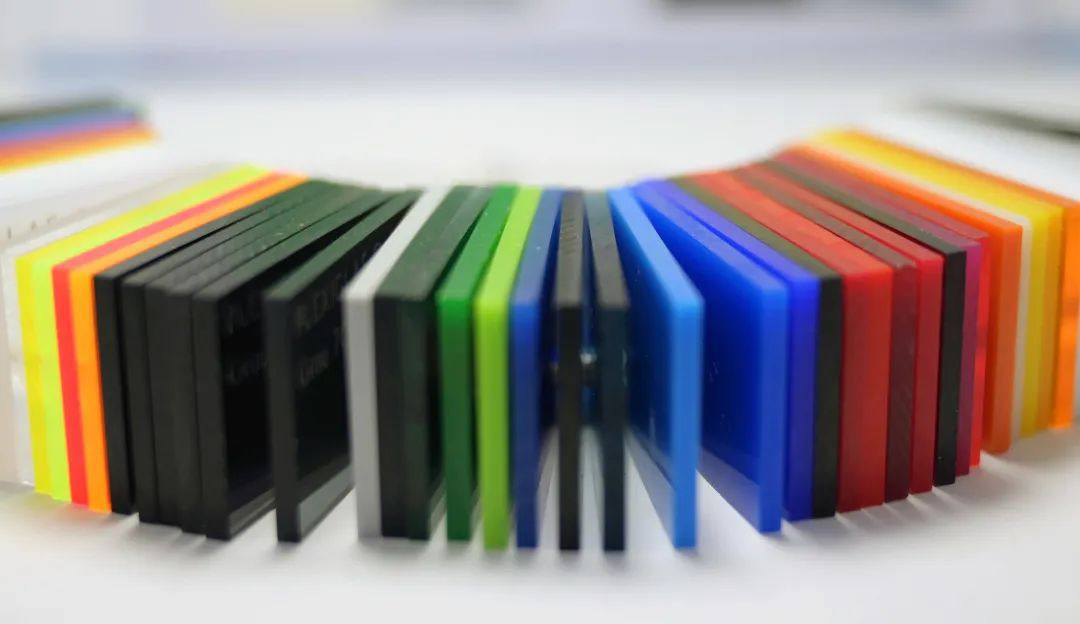Plastic can exist in nature for 1,000 years, while glass can exist much longer than plastic. Why?

Plastic pollutants are a major pollutant produced by human activities. The reason why plastic can become a major pollutant is that it is difficult to degrade. If you want plastic to degrade naturally in nature, it usually takes 200 to 1,000 years. Even ordinary plastic bags take 200 to 400 years to degrade naturally.
Although plastic is difficult to degrade, another material used by humans is more tenacious than plastic and exists in nature for much longer. It is glass. Is there any basis for saying that glass can exist longer than plastic? Of course there is. We often see such scenes in some imaginary time-travel dramas. A person travels back to 1,800 years ago and makes glass. The ancients marvel at this crystal clear object, so the protagonist makes a fortune from traveling through time. This is a completely wrong demonstration, because the history of human glassmaking is very long. As early as 1000 BC, that is, more than 3000 years ago, the ancient Egyptians had mastered the art of glassblowing.
Through glassblowing, the ancient Egyptians could make all kinds of exquisite glass products. More than 1000 years before the emergence of glassblowing, glass products had actually been produced, which means that as early as 4000 years ago, humans could make glass.
So far, a large number of glass products from different periods have been discovered by archaeologists, and these glass products are all well preserved, which at least shows that thousands of years have no effect on glass. Glass can be preserved for thousands of years, so what if it is longer? In fact, glass can exist in nature for much longer than you think. To know how long glass can exist, you must first understand what glass is. The main components of glass are silicon dioxide and other oxides. It is an amorphous solid with irregular structure.
The so-called irregular structure refers to the fact that the arrangement of atoms inside the glass looks chaotic and has no rules.
Generally speaking, the molecular arrangement of liquids and gases is chaotic, while the atomic arrangement of solid substances, especially metal substances like iron, is extremely orderly. Glass is solid, but the atomic arrangement is as chaotic as liquid. What's going on? In fact, the atomic arrangement of glass contains order in chaos.
Overall, the atomic arrangement of glass is indeed chaotic, but if you observe each atom by atom, you will find that each silicon atom is connected to four oxygen atoms. This is like 100 people on a square, which looks chaotic and disordered, but in fact, these 100 people who look messy on a macro scale are composed of small orderly groups. This atomic arrangement with order in chaos has a special term, called "short-range order". This is why glass is very hard but very easy to break.
The special atomic arrangement structure gives glass a higher hardness. On the other hand, due to the extremely stable chemical properties of glass, it hardly reacts chemically with any substance, which makes glass almost impossible to be corroded in nature.
Perhaps you will say that hydrofluoric acid can corrode glass. Indeed, hydrofluoric acid can react with glass, and not only hydrofluoric acid, but also strong alkali can corrode glass. But the problem is that there is neither hydrofluoric acid nor strong alkali in the natural environment. It can be said that in nature, glass is almost immune to magic attacks, so the only way to damage glass is to carry out physical attacks. In nature, the erosion of wind and rain, the wear of sand and stone, and the movement of geology can cause glass to break. After all, glass is very easy to break. In daily life, we often see such a phenomenon, that is, the transparency of newly installed glass decreases after a few years. This is caused by the physical wear of the glass surface caused by the erosion of rain and the friction of wind and sand.
Large pieces of glass will break into small pieces under physical attack, and small pieces of glass will become smaller and rounder as they continue to be impacted, and eventually become smaller than a grain of sand. We can no longer tell with our naked eyes whether it is a piece of glass or not.
Some people say that glass can exist in nature for 1 million years, but this is actually too little. As long as glass products are properly preserved and not physically damaged, they can be preserved forever, not to mention thousands of years. As long as human civilization exists, it can exist, and may even exist longer than human civilization. As for the glass itself, if we are not bound by its form, it can almost be said to be as old as the earth, because even if the physical impact causes the glass to break and become smaller, it is still glass. Even if it becomes a tiny dust invisible to the naked eye, its essence of glass remains unchanged.


